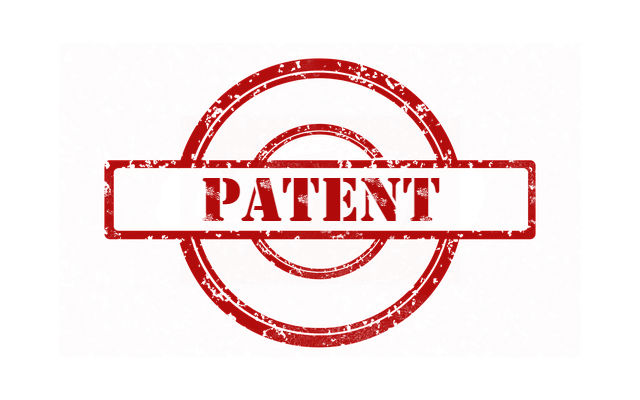The purpose of the plausibility test in patent law is to prevent speculative and over-broad claims. The test requires it to be plausible or credible to the skilled person reading the patent at the application date that the patented invention will work across the full breadth of the claim, thus incentivising the patentee to stick to realistic claims. In the Supreme Court’s recent decision relating to Warner Lambert’s highly successful analgesic, Lyrica, the Court decided by a majority of 3:2 to make this plausibility test more rigorous. This more rigorous test has now been applied by the High Court in the case of Eli Lilly v Genentech[1] in which Genentech’s patent was held to be invalid.
The case
Genentech owned a patent for an isolated IL-17A/F antibody and certain therapeutic uses of it including in the treatment of rheumatoid arthritis and psoriasis, but it did not market a product based on its patent. Eli Lilly, however, marketed an antibody for the treatment of plaque psoriasis and psoriatic arthritis under the name Taltz, which Genentech contended infringed its patent. Lilly sought revocation of the patent for invalidity and a declaration of non-infringement. Genentech counterclaimed for infringement.
The High Court held that the patent was invalid and that even if it had been valid, it would not have been infringed. The grounds for invalidity included obviousness over the relevant prior art and insufficiency for lack of plausibility in relation to the claims to treat psoriasis.
The plausibility test applied
The judge, Arnold J, applied the plausibility test as described by Lord Sumption in the Lyrica case. This required the patent to disclose reasonable scientific grounds for supposing that the use of the antibody might well work to treat psoriasis and these grounds should relate to a direct effect on the metabolic mechanism specifically involved in the disease. The inclusion of experimental data in the patent was not essential – the grounds might be based on a priori reasoning – but they must appear from the patent itself.
No discernible effect
On the evidence, Arnold J concluded that the skilled person reading the patent would not regard it as plausible that an anti-IL-17A/F antibody “would have a discernible effect on psoriasis”. He emphasised five points:
- the absence of any experimental data on the role of IL-17A/F,
- the absence of any discussion of the role or effect of IL-17A/F in psoriasis,
- the limited support for the idea that IL-17A/F had a pathogenic role in psoriasis provided by the papers cited in the patent,
- the fact that the patent showed that IL-17A/F is “an order of magnitude” less potent than IL-17A/A,
- the fact that the patent claimed efficacy against a broad list of conditions which it was wholly implausible that an anti-IL17A/F antibody would be effective against and there was no emphasis on psoriasis in the specification.
The point here seems to be that the patent appeared to claim a long list of possibilities, hoping that future research would make one of them come good. Arnold J concluded that the claim of efficacy against psoriasis was speculative.
Implications of this judgment
The judgment illustrates that a more rigorous approach to plausibility is here to stay, and Arnold J is robust in his application of the test. The issue is of particular relevance to second medical use claims in the context of repurposed drugs, which have arguably become more difficult to succeed on since the Supreme Court judgment in Lyrica.
(In fact this case involved a first medical use claim as the antibodies claimed were not known, but the same legal principles apply.)
Case: Eli Lily and Company & Ors v Genentech, Inc [2019] EWHC 387 (Pat) (1 March 2019)
For further information about the Lyrica case, please see our previous article here.

 Charlotte Tillett
Charlotte Tillett